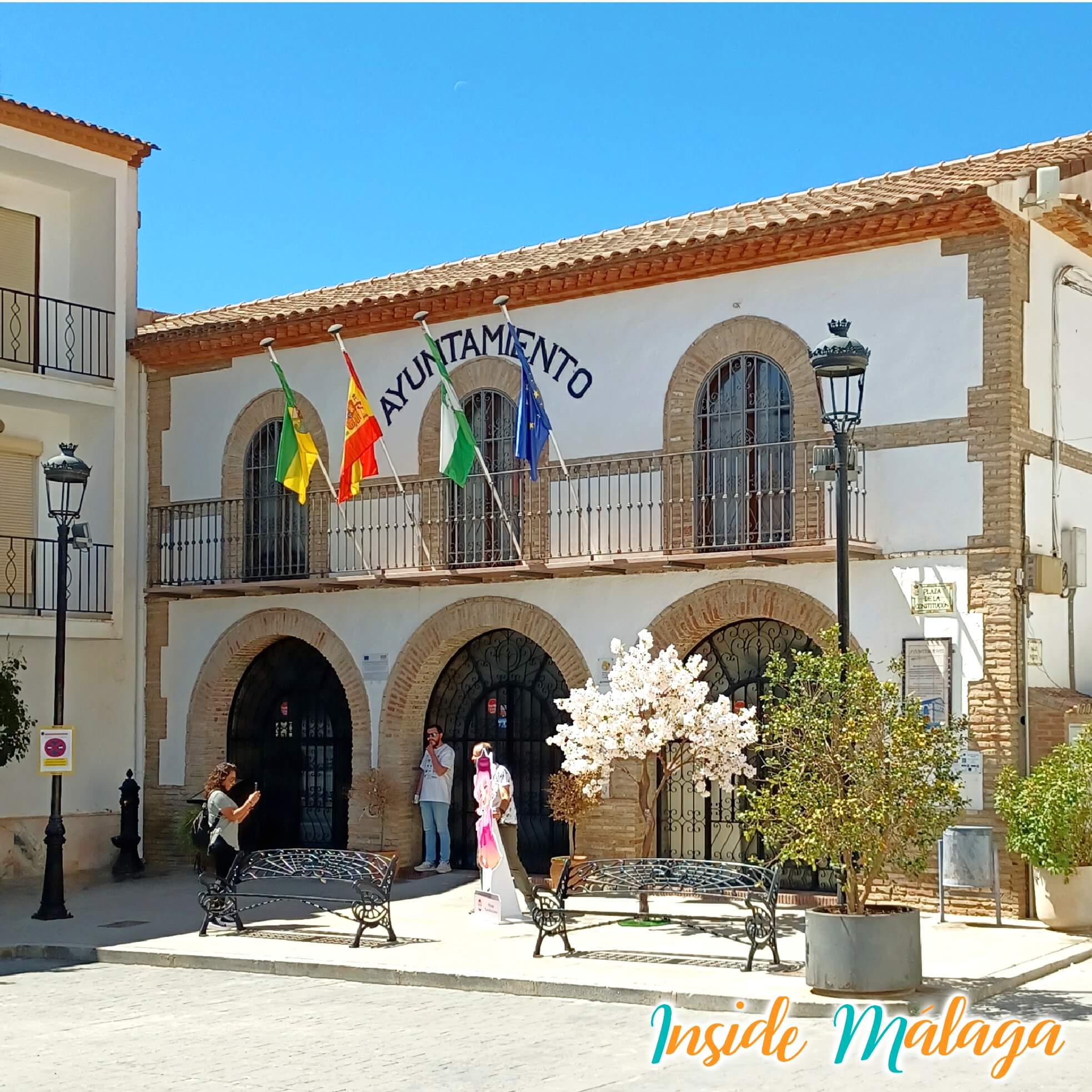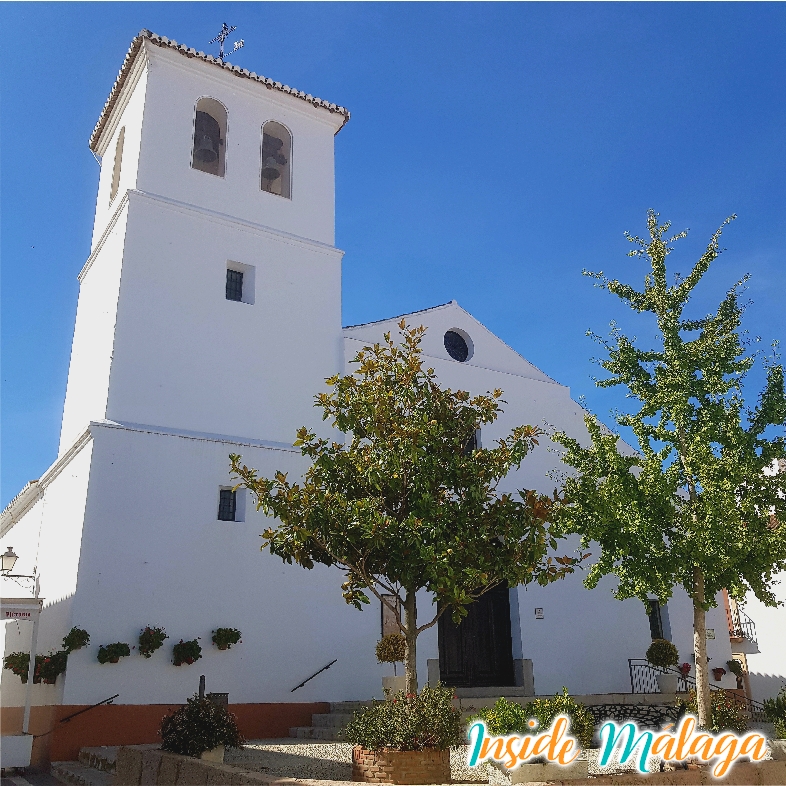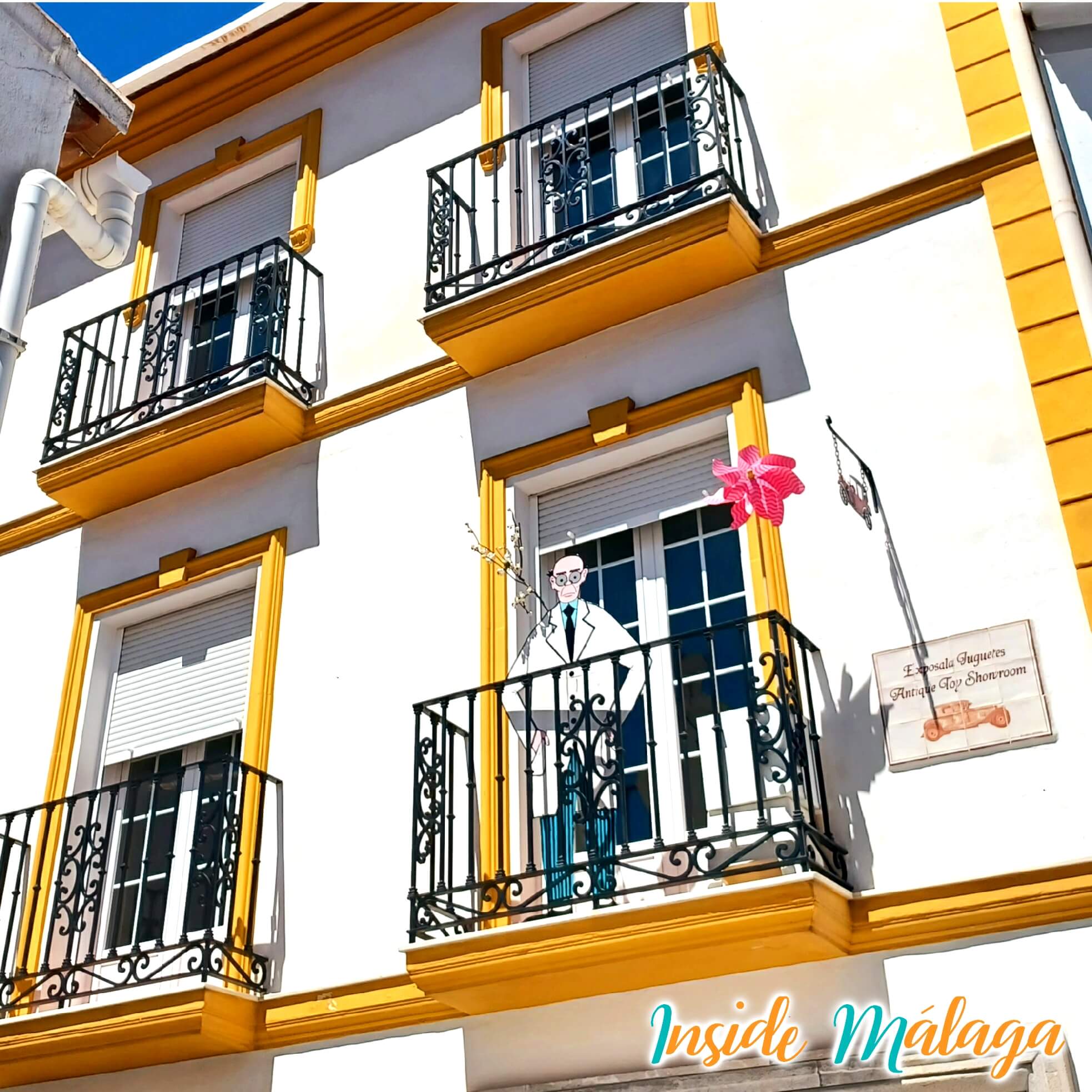Alfarnate, nestled among majestic mountains and surrounded by vast cherry orchards, is a village with a rich Arab origin. The ancient Royal Road to Granada, which crosses its lands, has given rise to legends of daring bandits who left their mark on the local history. Every spring, the landscape transforms into a blanket of pink hues as thousands of cherry trees bloom, creating an unparalleled natural spectacle. Cherries, the true treasure of Alfarnate, drive the local economy and are celebrated with enthusiasm during the Cherry Day and Sakura Festival, events that pay tribute to this exquisite fruit.
Where is Alfarnate located
Alfarnate is located 50km from Malaga capital with a population of 1.069 inhabitants. The municipal term has a dimension of almost 34km square.
The origin of the name Alfarnate
Alfarnate comes from the Arabic Al-farnat which means “flour mill”.
Demonym of the people of Alfarnate
The inhabitants are called “alfarnateño or alfarnateña“. Due to a legend they are also known as “palancos“.
Curiosities about Alfarnate
- In the months of March and April, the cherry trees adorn the landscape with their beautiful flowers, becoming a tourist attraction.
Monuments and places of interest in Alfarnate
- Old Town Hall: Built in the 16th century, it is the oldest in the province of Malaga. Formerly it was the municipal deposit, where the payment of taxes in kind was made. After a major restoration on its façade, the semicircular arches that had been hidden outside for centuries were discovered, as well as brick lanes that cover the entire façade.

- Hermitage de Nuestra Señora de Monsalud: Built in the 16th century, it is the oldest in the province of Malaga. Formerly it was the municipal deposit, where the payment of taxes in kind was made. After a major restoration on its façade, the semicircular arches that had been hidden outside for centuries were discovered, as well as brick lanes that cover the entire façade.
- Church of Santa Ana: The exact date of the church’s creation is unknown but the historical chronology deduces that it was built around 1505, from documents we know that this parish was one of the most important of the Axarquía in the 16th century as it paid high amounts of tribute. The tower of the Mudejar estimate of three heights and the temple is composed of three naves separated by semi-circular arches. During the Spanish Civil War in 1936 the altars, bells and documents were destroyed, some christening books were saved. At the beginning of the XXI century the interior of the tower and the temple in the general were restored.

- Museum of Old Toys: Permanent museum of old toys since 2010 located on Calle Cruz 13 in the center of town. The collection is located in a town house, it houses around 500 original toys from 1870 to 1970, hundred years of history. It is necessary to make an appointment beforehand. Website

Where to eat and drink in Alfarnate
- La venta de Alfarnate: An inn-restaurant that dates from the 13th century and is considered the oldest “inn” in Andalusia. Through this place throughout its history many characters have passed, from bandits, artists, painters and even King Alfonso XIII. In the 19th century, a room was set up as a prison cell (which is still preserved) for prisoners, where the bandit Luis Candela stayed one night in 1824. Other legendary bandits like “Bizco del Borge” or “El Tempranillo” have passed through this inn. The road where the inn is located is the old Camino Real that connected Granada and Malaga. Currently it is a restaurant-museum preserving the magic of the legends that surrounds this place.
For more information about Alfarnate Village: visit the City Council page
